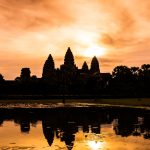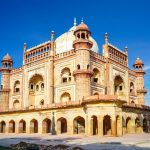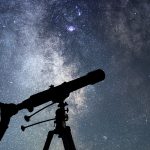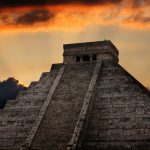Table of Contents
The temples of Angkor represent one of photography’s greatest challenges and rewards. While tourists crowd the obvious spots at Angkor Wat, skilled photographers seek different angles, unusual temples, and perfect timing. Here’s how to capture images of Angkor that transcend the typical tourist shots.
Beyond Sunrise at Angkor Wat: Timing That Transforms Everything
Everyone knows about sunrise at Angkor Wat’s reflection pools. What they don’t know is that the real magic happens 30 minutes after that golden moment, when the crowds disperse for breakfast and the temple complex empties. This “second golden hour” gives you space to work, warm light, and atmospheric conditions that create depth in your images.
For Bayon’s famous faces, late afternoon (around 4 pm) creates dramatic side-lighting that brings out the texture and expression in the stone. At Ta Prohm, filtered light works best – look for overcast days or the hour before sunset when soft illumination enhances the interplay between stone and jungle.
The Secret Power of Seasons
The monsoon season (June-October) scares away many photographers, but these months offer photographic gold. The moats and reservoirs fill, creating perfect reflections. Afternoon storms generate dramatic skies and rainbows over the temples. The jungle turns vibrantly green, contrasting beautifully with the gray stone. Best of all, tourist numbers drop dramatically.
The transition months – May and November – often provide the perfect balance of dramatic skies, lower humidity, and reasonable crowds. May brings incredible cloud formations as the dry season yields to wet, while November offers clear mornings with atmospheric mist rising from the water-saturated ground.
Lesser-Known Temples With Photographic Potential
While everyone shoots Ta Prohm, Bayon, and Angkor Wat, extraordinary photographic opportunities await at less-visited sites. Preah Khan offers similar tree-and-stone compositions to Ta Prohm but with the freedom to work without crowds. Banteay Kdei’s intricate carvings receive beautiful morning light around 7-8 am.
For truly unique images, visit Kbal Spean, the “River of a Thousand Lingas,” where carved Hindu symbols appear in the riverbed itself. Photograph these in the late dry season (April) when water levels are low enough to reveal the carvings but still provide reflections. The 45-minute jungle hike required to reach this site ensures you’ll have space to work.
Mastering Light in Stone Corridors
Angkor’s temples feature narrow corridors that create challenging lighting conditions. The key is finding spots where directional light penetrates the darkness, creating spotlights on carvings or illuminating dust particles for atmospheric beam effects.
At Angkor Wat, the eastern gallery receives beautiful morning sidelight between 7-9 am, bringing the extensive battle carvings to life. In Bayon, the upper terrace corridors create dramatic light-and-shadow interplays during mid-morning. Experiment with exposures that slightly silhouette the foreground while capturing detail in the highlights.
The Power of People for Scale
While many photographers try to eliminate people from their shots, the strategic inclusion of monks in their orange robes or silhouetted figures can transform an image. The key is patience – wait for someone wearing solid colors rather than tourist patterns.
Local monks often visit the temples early morning for meditation. With respectful distance and permission, their presence can provide both scale and cultural context. Position them against neutral stone backgrounds for maximum impact.
Technical Considerations: Gear That Makes a Difference
The temples demand versatility. A wide-angle lens (16-35mm equivalent) captures the grandeur of the structures, while a medium telephoto (70-200mm) isolates carvings and compresses layers of stone doorways. A polarizing filter proves essential for controlling reflections and enhancing colors, especially after rain.
Tripods face restrictions at some temples, particularly Angkor Wat’s upper levels. A small tabletop tripod or a camera with excellent image stabilization provides alternatives. Consider a dust-resistant camera body – the combination of fine dust and humidity challenges equipment. Bring twice as many batteries and memory cards as you think you’ll need.
Working With Challenging Weather
A harsh tropical sun creates extreme contrast, but this can work to your advantage. Look for compositions where strong shadows become graphic elements. During the brightest hours (10 am-2 pm), focus on details in even shade or interior spaces.
Sudden rainstorms create opportunities rather than obstacles. The minutes immediately following a downpour offer gleaming wet surfaces, dramatic skies, and reflections. Keep a plastic rain cover for your camera and embrace these moments when most tourists have retreated to their hotels.
Composition Strategies for Temple Architecture
Angkor’s temples were designed with precise alignment to cardinal directions and astronomical phenomena. Use leading lines from doorways and corridors to create depth. Look for natural frames within the architecture – doorways that reveal courtyards or windows that frame distant towers.
Repetition features prominently in Khmer architecture – rows of columns, identical doorways, and repeated Buddha figures. Capture these elements using compositions that emphasize their rhythm and pattern. Sometimes the most powerful images come from abstracting these repetitive elements rather than showing the entire structure.
Access Strategies: Getting Permission for Special Spots
Some of Angkor’s most photogenic areas fall under restricted access, but possibilities exist for serious photographers. The Angkor Photo Festival (December) offers workshop participants special permission for unique locations. Several conservation organizations occasionally allow photographers to document their restoration work.
Upper levels of temples like Angkor Wat, arrive when they first open and speak respectfully with guards. Sometimes showing a portfolio of your work (have examples on your phone) demonstrates your serious intentions and gains cooperation.
Ethical Considerations
Photographing Angkor requires cultural sensitivity. Never enter cordoned-off areas, no matter how tempting the photo opportunity. When photographing active religious sites, observe without interfering in ceremonies. If monks or local people appear in your images, offer to share digital copies or small prints if you return.
Support local photography initiatives like Anjali House, which teaches photography to Cambodian children. Their perspective on the temples offers inspiration while your support provides meaningful assistance.
Post-Processing for Atmospheric Results
Angkor’s images often benefit from subtle post-processing that enhances their timeless quality. Consider slight desaturation while maintaining the distinctive orange of monks’ robes. Use dodge and burn techniques to enhance the three-dimensionality of carvings. Subtle vignetting can focus attention on central elements while creating mood.
The true art lies in processing that remains invisible – enhancing the feeling you experienced without creating manipulated images. The goal is photographs that transport viewers to Angkor rather than showcasing your editing techniques.
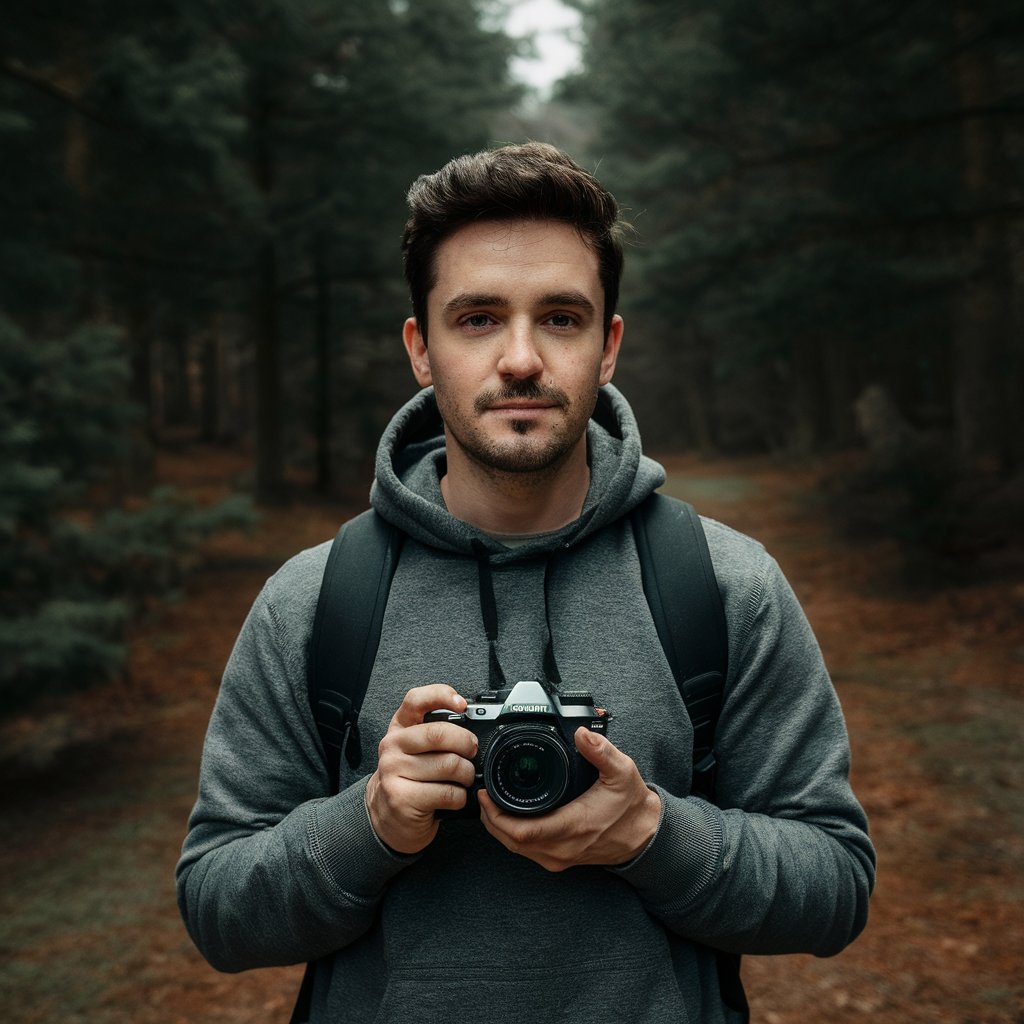
I’m Garrett, a seasoned photojournalist with a passion for uncovering the world’s hidden treasures. My journey is fueled by a deep curiosity for diverse cultures and breathtaking landscapes. When I’m not behind the lens capturing the world’s wonders, you can find me exploring underwater realms or sharing my passion for discovery with my two adventurous children.

